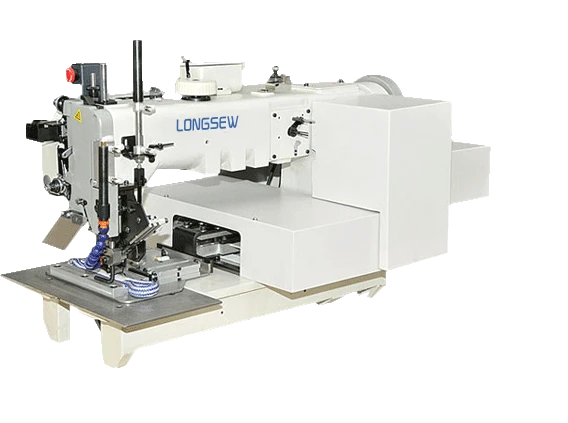Innovative Sewing Machines for Effortless and Precise Stitching in Modern Crafting
The Evolution and Impact of Automatic Sewing Machines
In the realm of textiles and fashion design, the introduction of automatic sewing machines has revolutionized the industry, enhancing efficiency and altering the landscape of garment manufacturing. These machines not only streamline the sewing process but also offer precision, consistency, and speed that manual sewing simply cannot match.
The origins of sewing machines date back to the early 19th century, with inventors like Elias Howe and Isaac Merritt Singer paving the way for mechanized sewing. However, it wasn't until the development of automatic versions that the process truly transformed. Automatic sewing machines are equipped with advanced features such as programmable patterns, automatic threading, and self-adjusting tension. These capabilities have made them indispensable tools for both industrial and domestic use.
One of the most significant advantages of automatic sewing machines is their ability to produce high-quality seams with minimal human intervention. In an industrial setting, this means that manufacturers can significantly increase production rates while maintaining consistent quality. Tasks such as bar-tacking, buttonholing, and even intricate embroidery can be completed with a push of a button. Consequently, this efficiency not only saves time but also reduces labor costs and increases profitability for businesses.
In homes, the emergence of automatic sewing machines has democratized sewing, making it accessible to hobbyists and professionals alike. Features such as easy-to-use digital controls and a variety of built-in stitches make it possible for users to create complex designs without extensive sewing experience. As a result, many have turned to sewing as a creative outlet, leading to a resurgence in handmade clothing and crafts.
automatic sewing machine

Moreover, automatic sewing machines have adapted to the demands of modern consumers. With a growing emphasis on sustainability and ethical fashion, many brands are utilizing these machines to create small-batch, high-quality garments. With the ability to quickly change sewing patterns and designs, brands can respond to trends more rapidly, minimizing waste and aligning with eco-conscious values.
The versatility of automatic sewing machines extends beyond traditional garment production. In recent years, they have found applications in various industries, including automotive, furniture, and even medical textiles. The customization capabilities allow for innovative uses, such as stitching seat covers for vehicles or creating specialized protective gear for healthcare.
However, the rise of automatic sewing machines is not without challenges. The increased automation has raised concerns regarding job displacement in the textile industry. Skilled seamstresses, who once relied on their craftsmanship, may find themselves facing diminished opportunities as businesses invest in automated solutions. While technology presents undeniable advantages, it also necessitates a shift in workforce skills. As the industry evolves, there will be a growing need for workers who can operate and maintain these sophisticated machines rather than simply sew.
In conclusion, automatic sewing machines represent a significant advancement in the world of sewing, reshaping both the textile industry and individual crafting experiences. Their ability to command efficiency and quality has made them essential in production environments while encouraging creativity among home sewers. As we move forward, it is crucial to strike a balance between technological advancement and the cultivation of skilled labor, ensuring that the artistry and craftsmanship of sewing continue to thrive in harmony with innovation.
-
Industrial Cylinder Arm Sewing Machine: Revolutionizing Heavy-Duty SewingNewsJul.28,2025
-
Cylinder Arm Sewing Machine: Perfect for Special Sewing ApplicationsNewsJul.28,2025
-
Cylinder Bed Sewing Machine: Essential for Sewing Complex MaterialsNewsJul.28,2025
-
Heavy Duty Sewing Machine: The Essential Tool for Industrial ApplicationsNewsJul.28,2025
-
Computerized Pattern Sewing Machine: Revolutionizing Precision StitchingNewsJul.28,2025
-
Heavy Duty Industrial Sewing Machine: Power Meets PrecisionNewsJul.28,2025
-
Leather Sewing Machine: The Industrial Standard for Tough MaterialsNewsJul.18,2025





























